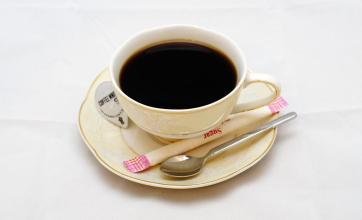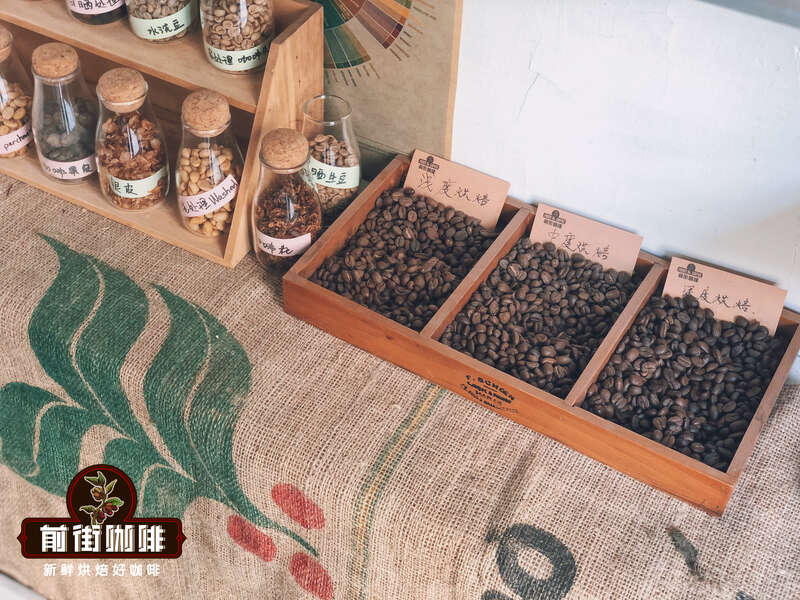The flavor of coffee and bean honey treatment describes the production area of grinding scale of taste varieties.
The flavor of coffee and bean honey treatment describes the production area of grinding scale of taste varieties.
Honey treatment began in Costa Rica and was tried by local coffee farmers to improve the quality of coffee beans, and then slowly spread to other countries. So why do Costa Rican farmers try this method of processing? Since farmers' income mainly depends on the trading of coffee beans, the better quality coffee beans can bring higher profits, so it is not surprising that farmers keep trying new processing methods. For a coffee producer, there are three ways to improve the quality of coffee beans: first, to improve the processing method; second, to change the planted tree species; and third, to improve the soil quality of the farm, that is, to migrate the farm. But just like when we extract coffee, we will first adjust the extraction amount, pressure and temperature before changing the amount of coffee powder and grinding degree, we will first choose to change the conditions that can save time and cost as much as possible. It is time-consuming and laborious for farmers to change tree species and migrate farms, so improving processing methods has become their first choice.
Semi-washing, also known as "honey treatment", is a compromise between drying and washing, eliminating the need to ferment coffee fruits. Harvest → storage tank (remove impurities and impurities) → pulp removal machine (remove pulp and impurities) → washing pool (select light and hard beans) → sun field (or dryer) → sheller (removal of endocarp) → classification (electronic bean selector or hand selection, sieve, etc.) the quality of → export honey treatment is stable but not as good as water washing treatment. This method of processing coffee beans by honey treatment has recently been sought after by coffee lovers. It has a sweet taste and is rich in Crema. It is suitable for extracting Espresso from the base of Italian coffee. The advantage is that it can restore the flavor of coffee beans, the coffee is more sweet, and the taste of red wine is outstanding. The disadvantage is that coffee beans are very easy to be contaminated in the process of drying after removing the exocarp of coffee berries, and it is possible that moldy water washing is the most popular treatment at present, and most boutique coffee beans will choose water washing method. Washing coffee refining process: harvesting → storage tank (removal of impurities and immature beans) → pulp removal machine (removal of pulp and impurities) → fermentation tank (removal of mucous membrane attached to endocarp) → washing pool (selection of light and hard beans) → sun drying field (or dryer) → sheller (removal of endocarp) → grading (electronic bean selector or hand selection, screen, etc.) → outlet

Important Notice :
前街咖啡 FrontStreet Coffee has moved to new addredd:
FrontStreet Coffee Address: 315,Donghua East Road,GuangZhou
Tel:020 38364473
- Prev

The skill of hand-grinding coffee beans-how to drink coffee beans after grinding into powder
The skill of grinding coffee beans by hand-how to drink ground coffee after the coffee beans are ground, you need to have the right grinder to perform this task. During grinding, it is considered to be a proportional gestation period. For example, the best coffee is coffee, which takes only 30 seconds to grind and, more finely, the better. On the other hand, pot coffee requires coffee beans brewed with water. If your coffee beans
- Next

Three treatments of coffee beans differ in flavor, taste, variety characteristics, regional grinding scale.
The flavor of the three treatments of coffee beans differs from the taste of the varieties in the producing area. The honey treatment method is the same as the water washing method, which first uses a large sink to select ripe coffee fruits. The difference is that the honey treatment skips the step of coffee bean fermentation in the pool. The honey treatment first removes the peel of the ripe high-quality coffee fruit, uses a machine to remove the pulp and retains part of the pectin.
Related
- Guji coffee producing area of Guji, Ethiopia: Humbela, Shakiso, Wulaga
- What is the most expensive variety of Qiloso in BOP multi-variety group?
- How to store the coffee beans bought home?
- Why are Yemeni coffee beans so rare now?
- Ethiopian Sidamo all Red Fruit Sun Sun Santa Vini Coffee beans
- SOE is mostly sour? What does it mean? Is it a single bean? what's the difference between it and Italian blending?
- Is Italian coffee beans suitable for making hand-brewed coffee?
- How to choose coffee beans when making cold coffee? What kind of coffee beans are suitable for making cold coffee?
- Just entered the pit to make coffee, what kind of coffee beans should be chosen?
- Can only Japan buy real Blue Mountain Coffee? What are authentic Jamaican Blue Mountain coffee beans?

